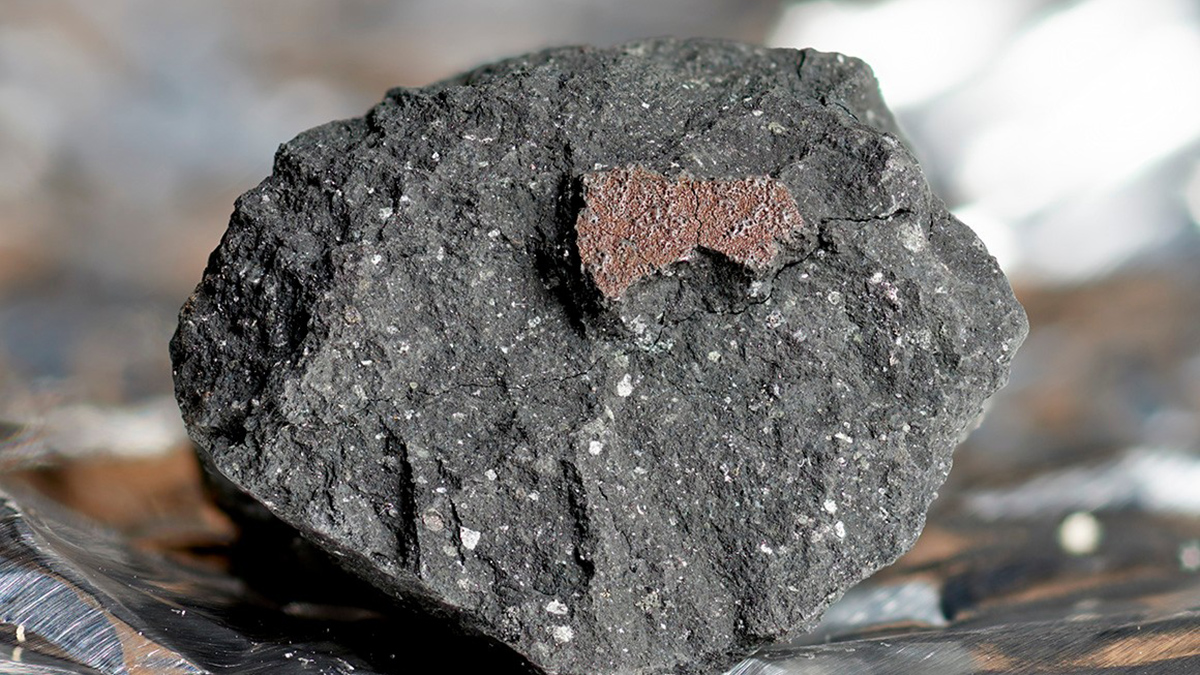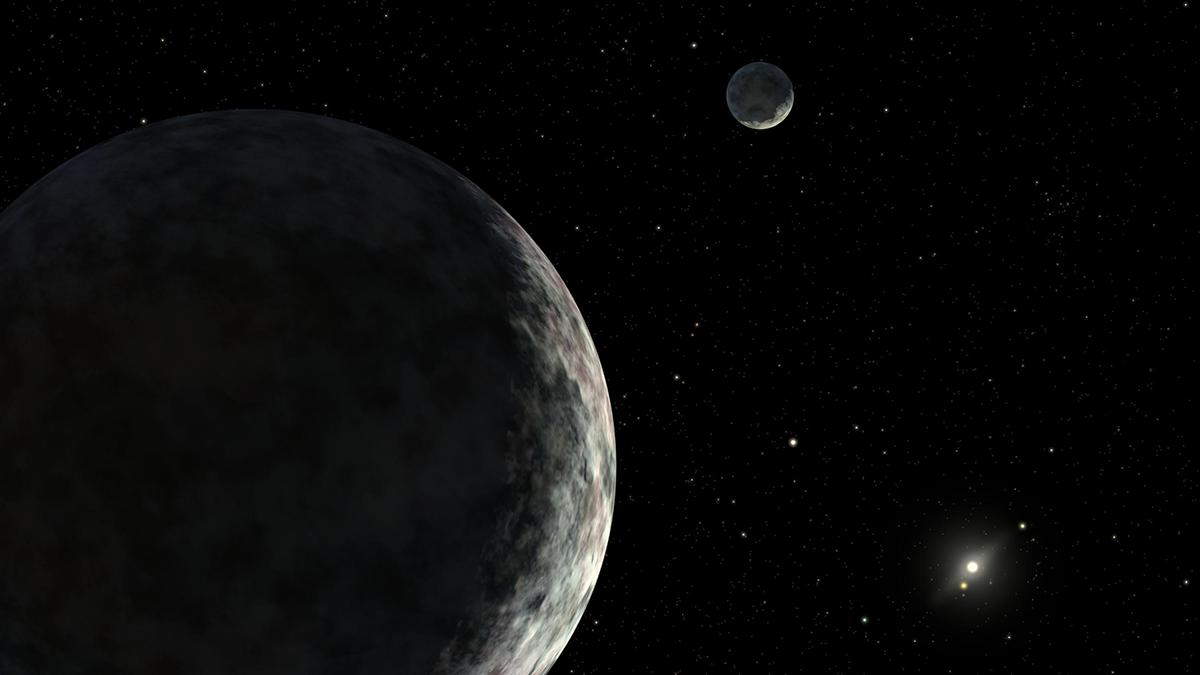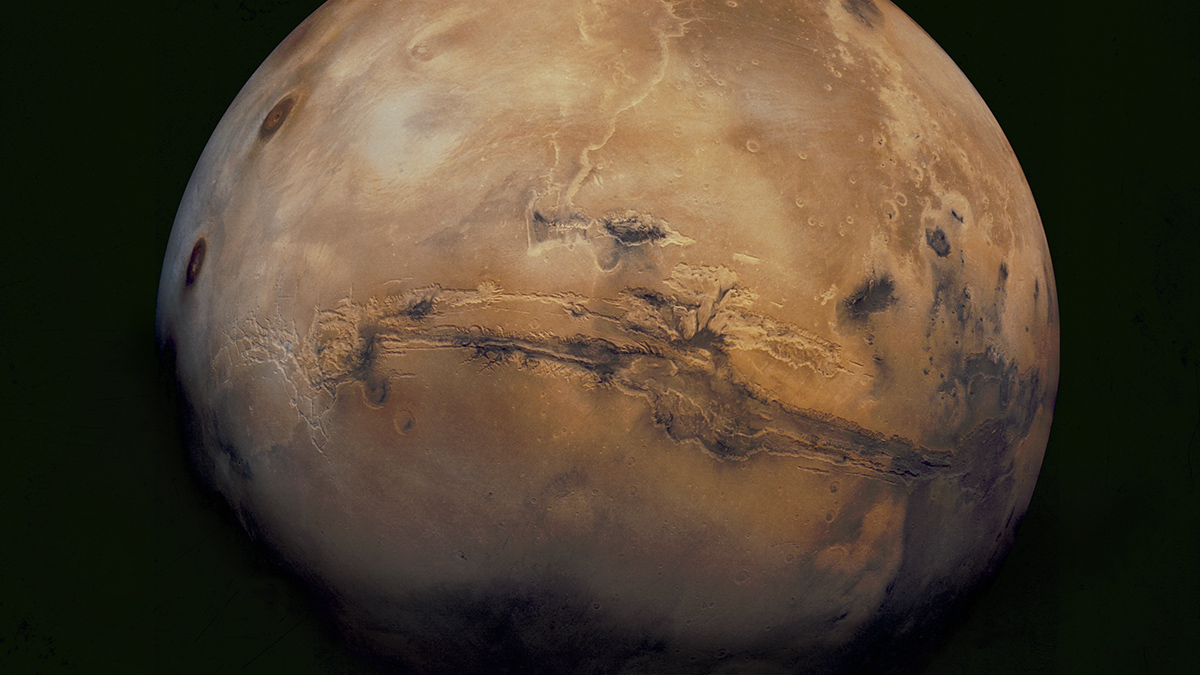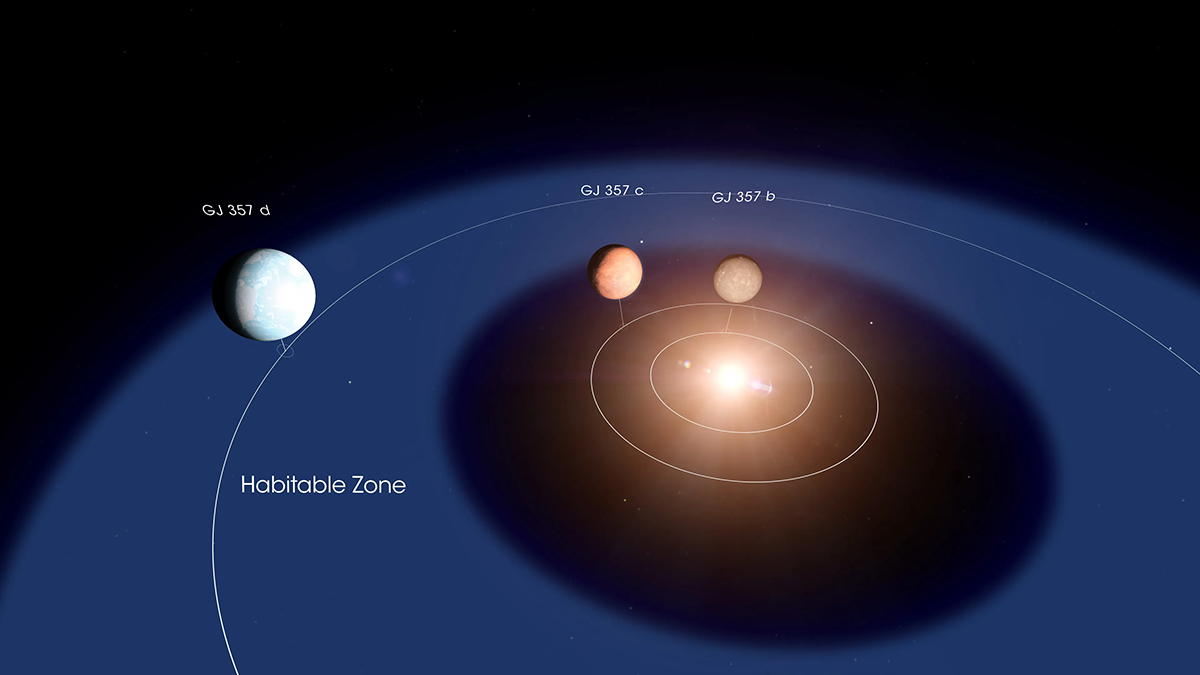The Winchcombe meteorite was recovered, largely from a driveway, just hours after it fell to Earth, preserving evidence that its early relatives could have filled Earth’s oceans.
Damond Benningfield
Damond Benningfield is a freelance science writer and audio producer in Austin, Texas. Among other projects, he writes and produces StarDate, a daily radio program about astronomy and space exploration, and Science and the Sea, a weekly program about marine science. He has been involved with several other short-format radio programs. Benningfield, a native of Austin, also serves as executive editor of StarDate magazine. He has contributed to almost 50 magazines, newspapers, and websites, including Air & Space/Smithsonian, Smithsonian, and Astronomy. He has a bachelor of journalism degree from The University of Texas at Austin.
Los planetas enanos muestran evidencias de reciente actividad geológica
Los grandes cuerpos del Cinturón de Kuiper y más allá podrían haber albergardo océanos en la subsuperficiales.
Martian Jumble May Be Hiding a Giant Volcano
The discovery of Noctis Mons could make the region a target for future Mars missions.
Dwarf Planets Show Evidence of Recent Geologic Activity
Large bodies in the Kuiper Belt and beyond could have hosted subsurface oceans.
The End of the Eclipse
Scientists are studying how the Earth–Moon distance has changed over time, and what effect that change might have had on our planet. Future changes will extinguish total solar eclipses entirely.
La música de las esferas del siglo XXI
Científicos y artistas están dando voz a todo, desde planetas hasta agujeros negros, enriqueciendo la experiencia de la investigación y acercando las maravillas del universo a nuevas audiencias.
The 21st Century’s “Music of the Spheres”
Scientists and artists are giving voice to everything from planets to black holes, enriching the research experience and bringing wonders of the universe to new audiences.
Giant Planets May Be “Agents of Chaos”
Two studies suggest that some giants could make it difficult or even impossible for terrestrial planets to remain in a star’s habitable zone.
There is No JOIDES in Mudville
After almost 4 decades of research, the JOIDES Resolution will retire in 2024, leaving the ocean floor in peace (for now).
Getting Psyched Up for an Asteroid Mission
The first mission to a metallic asteroid, scheduled for launch on 5 October, could provide clues to the formation of Earth and the solar system’s other inner planets.










